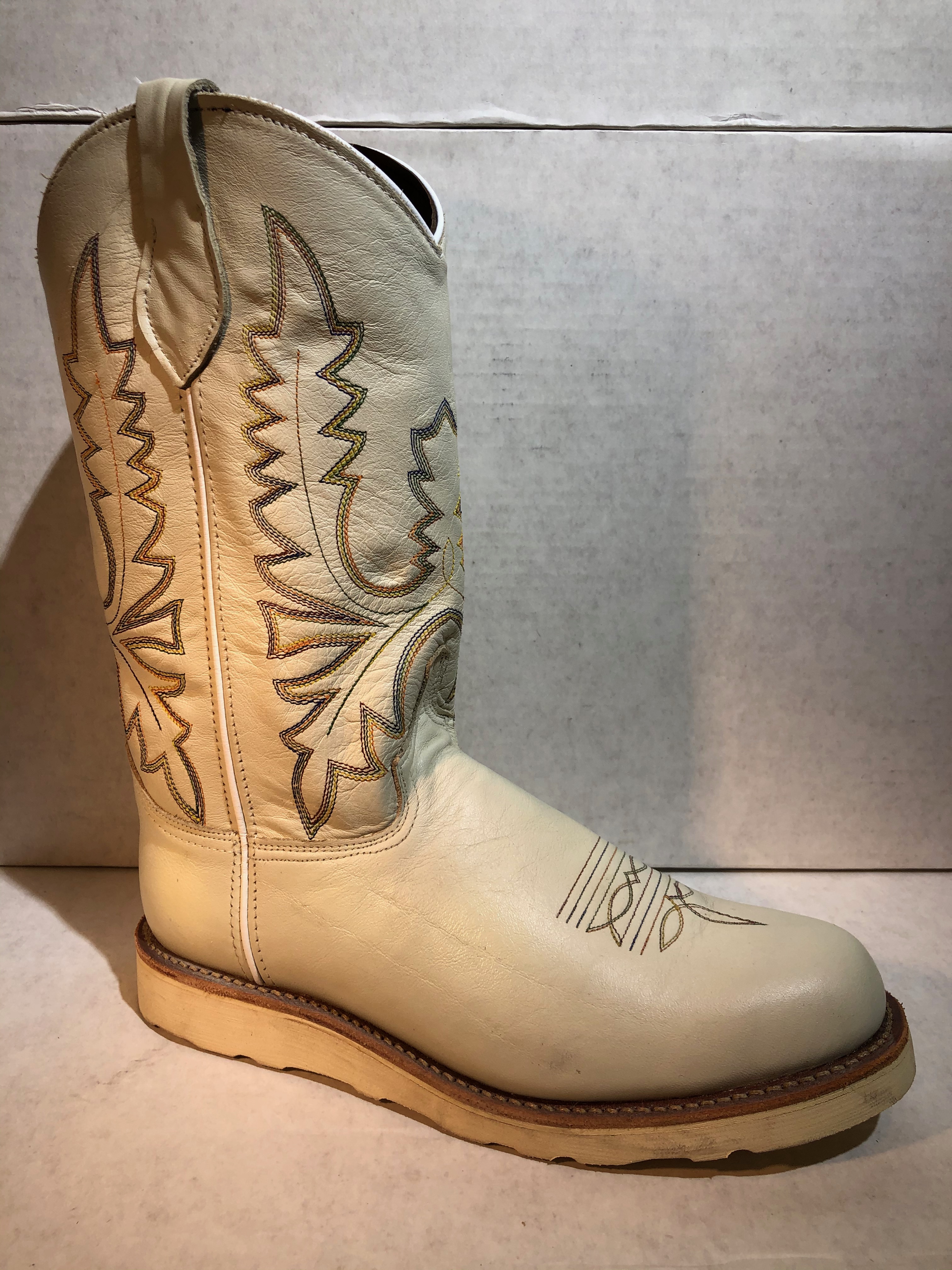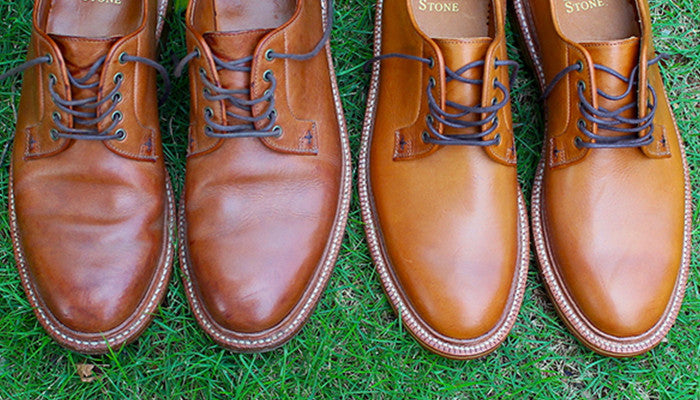

Tanning cow hides for boots skin#
“If an animal has had a good life, it will have a healthier skin with fewer blemishes, scars and damages. “It requires selecting the best raw materials.”ĭavid argues that the best hides come from well-treated and humanely killed animals. Tanning is a process similar to that of making wine,” purveyor of high-quality leather jackets, David Himel tells me. And with the greater supply came greater demand. These innovations reduced the production time from several months to only a couple of days.

Tanners also developed rotating drums, which replaced tanning pits. During the Industrial Revolution, the much faster method of tanning with chrome salts was developed, which can also produce softer leathers. Vegetable tanning is a time-consuming process, and the leather you get from it is relatively stiff. This is what’s called ‘vegetable tanning,’ which the ancient Greeks are credited with developing. The tannin is derived from tree barks and leaves that are soaked in water. This is done with agents of animal, vegetable, mineral or synthetic origin.Įarly tanning processes included rubbing animal fats into the skins, smoking, drying or tanning with mineral alum.īut, for thousands of years, the most common tanning agent was ‘tannin,’ an acidic chemical compound that’s given the process its name. Making leather is a process known as ‘tanning.’ It alters the protein structure of the animal skin to make it more durable and less susceptible to decomposition. Today, it’s estimated that roughly half of all leather produced is used for footwear. Like Dave Hill, retired Director of Product Development at Red Wing Heritage, says in this excellent video Cool Hunting produced in 2014, “some people have referred to us as recyclers because if you didn’t have tanneries what would you do with all those hides?” Only when transportation became cheap enough did leather spread across borders and oceans. It was unthinkable to bring leather around the world because it was too cheap,” Uwe argues. “Every country had its own leather industry. And, historically, leather has been produced in a relatively close proximity to where it would be used. Animals have been hunted and raised for food and wool, not primarily for their skin. Historically, leather has been used to protect humans,” says Amtraq Distribution’s Uwe Maier, who grew up a third-generation tanner and leather garment manufacturer in Germany. For thousands of years, we’ve used leather to protect ourselves from the elements, for tools and weapons, and for furniture and seating. It’s a natural product, and it’s one of man’s earliest and most useful discoveries. It’s the production processes that determine the look and feel of the leather, as well as how it will develop with wear, which is called ‘patina.’ Leather is skin from animals that’s been preserved to prevent it from deteriorating. The post also explains commonly used (and sometimes misunderstood) terms such as ‘vegetable tanning,’ ‘aniline dye’ and ‘full grain.’ What is Leather? I focus on the production aspects of leather-making that most directly impact the characteristics of leather that ends up as work boots. Since I’m not a tanner nor a leather expert myself, I’ve enlisted the help of a handful of actual experts to help me write this post. Just like making denim, it involves dozens of productions steps, many of them mandatory, and some influence the end-result more than others. Making leather is a complex industrial process. And that’s the topic of this blog post how leather is made, which is the first in a mini-series about leather and work boots. It all starts with the leather and how that’s made. The thing about Red Wing that turns customers into raving fans is that-like a good pair of (raw denim) jeans-you get a lot of history a quality product you can depend on an investment that evolves as you wear it.

His collection is at 65 pairs of Red Wings (and counting). Michael van Hal is a collector with a pair or two more than most.

Today, I have some 10-11 pairs-which is a small collection compared what you’ll find some Instagrammers have. I first learned about the brand back in 2008, I think it was. I’ve been a Red Wing fan and wearer for almost as long as I’ve been into raw denim. Maybe you’re one of the more than 400k Instagrammers who’re following the heritage division of the American bootmaker? And, if you’re into leather boots, you probably have an opinion about Red Wing Shoes. If you’re into denim, chances are you also have a thing for leather boots. Some things are just better together: gin and tonic cookies and milk Batman and Robin and, of course, raw denim jeans and leather boots. The 4 Stages of Making Leather and Popular Leather Terms Explained This post is sponsored by Red Wing Heritage Europe.


 0 kommentar(er)
0 kommentar(er)
